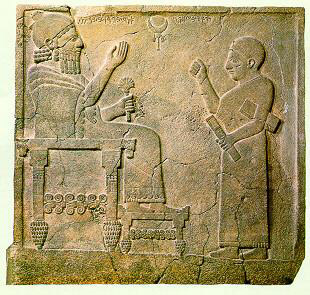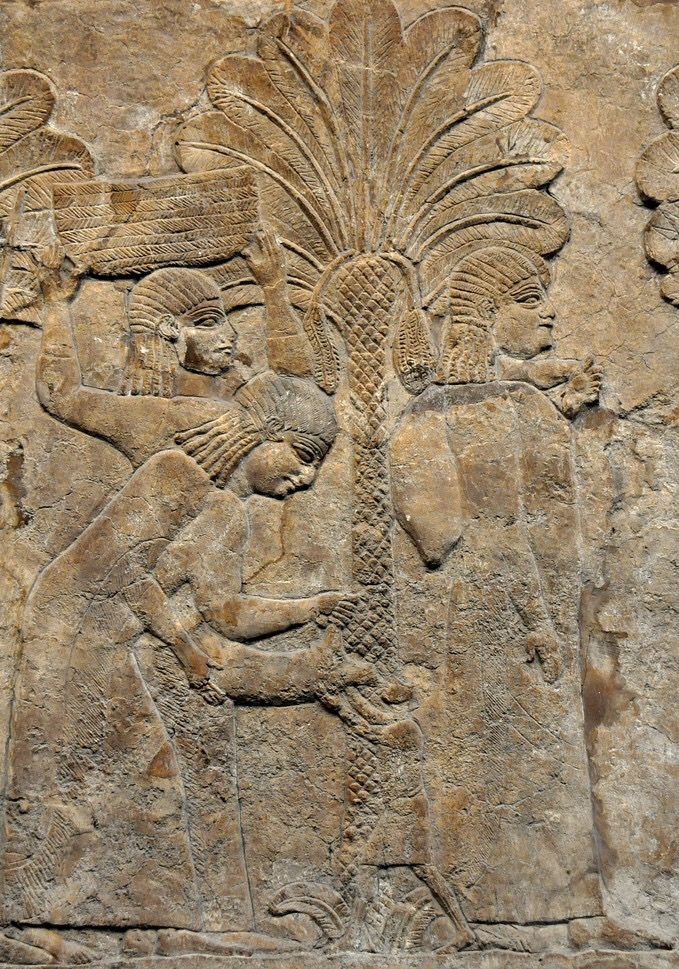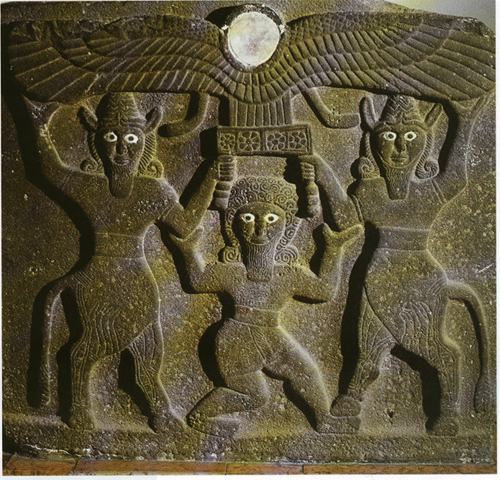Ancient Psychedelia: Alien Gods & Mushroom Goddesses
Online Book - Chapter 9, Page 147
Back to Online Book Mainpage / Next Page (Chapter 9, Page 148)
| Arameans The Arameans were the nomadic pastoral people who had settled in Aram beginning around the 3rd millennium BC. In the Book of Jubilees, it is recorded: “And for Aram there came forth the fourth portion, all the land of Mesopotamia between the Tigris and the Euphrates to the north of the Chaldees to the border of the mountains of Asshur and the land of ‘Arara’.” (Jubilees 9:5) By the 11th century, they had control over the whole area of northern Syria with their capital at Damascus. They were later defeated by the Assyrians in the 8th and 7th centuries BC. Because the Aramaic language was much better suited for export, it prevailed over the cuneiform and led to the creation of the Hebrew and Arabic alphabets and became the official language of the Persian Empire. (62) Poseidonios from Apamea (c. 135 BC - 51 BC), was a Greek stoic philosopher, politician, astronomer, geographer, historian, and teacher. He has this to say about the Arameans, “The people we Greek call Syriacs, they call themselves Arameans.” Depictions from Aramean steles include the same images of the Tree of Life, scenes of ceremonial offerings and consumption, and the orb in the middle of a pair of wings, similar to Ashur/Shamash/Utu in Sumer seals and steles from Akkad (16i, j, l). Notice the upside-down mushrooms on the chair legs which also double as pinecones (16i). Throughout the Middle East we see repeated the symbols of the Tree of Life, the fruit of that tree, the idea of immortality, or everlasting life, and winged deities with orbs in the center. We hear constantly repeated themes of bull and cow deities, thunder deities associated with those bull and cow deities and the earliest attempts to bring the mythological god heroes in synch with customs and ideas of the early people. In many cases we see justifications for the abuses of the Patriarchy in the roles of the gods and their attitudes towards the goddess, or female gender. Anatolia, Sumer, Babylonia, Akkad, and Canaan set the stage for mythological ideas which would travel around the world and settle all over, spawning off the many variations of religious myth we have today. Aramean mythology contains the story of David of Sassoun, which takes up the space of a medium sized book. Reading through this there are several similarities to other well-known myths and David appears to be a mushroom “hero” of sorts as well. He is a “giant” with supernatural strength. The story is told in parts and begins with David’s father Sanasar and his brother Baghdasar. In the first story, titled the Battle against the Khalif of Baghdad, there are two important parts worth looking at, in relation to the mushroom. There are sections which have been selected to emphasize the point here and most of the story is left out to save space. The following extracts are from David of Sassoun, the Armenian Folk Epic in Four Cycles, by Artin K. Shalian, 1964. |
 (16i) Aramean steles c. 800-400 BC  (16l) Aramean steles c. 800-400 BC  (16l) Aramean steles c. 800-400 BC (62) Jealous Gods, p. 85 |
Go Back to Page 146